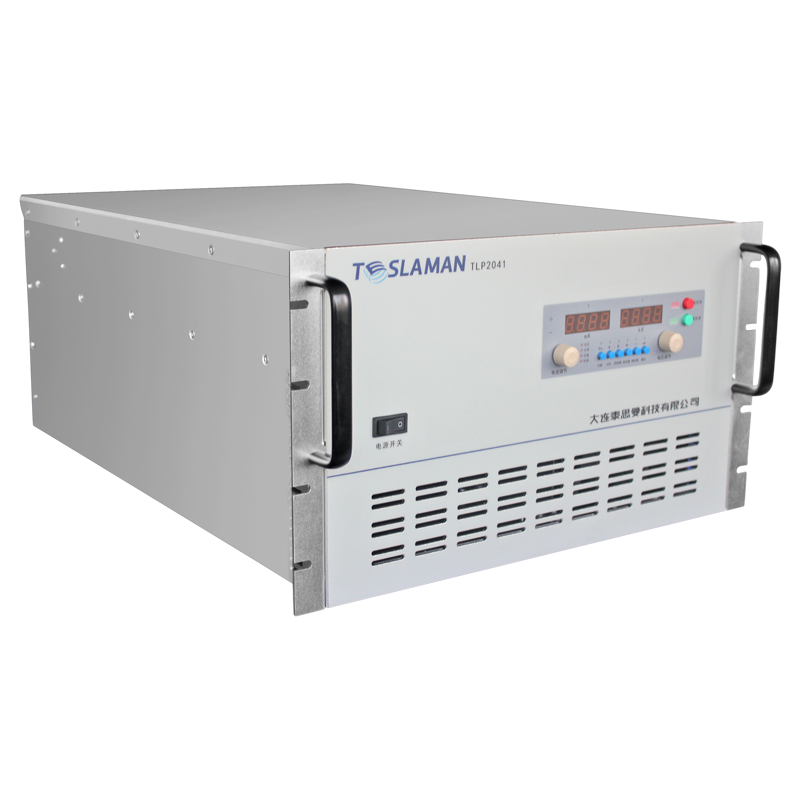Uniform Evaporation Control and Mode Optimization in Electron Beam Evaporation Power Supplies
In vacuum coating and thin-film deposition, the electron beam evaporation power supply governs the energy delivery to the crucible and determines the evaporation rate, surface temperature distribution, and ultimately film uniformity. Any fluctuation in beam power or focus results in uneven deposition thickness, compositional variation, or stress gradients within the film.
To achieve high uniformity, the power supply integrates a dual-loop feedback architecture. The outer loop maintains beam current stability using Hall-effect current sensing, while the inner loop precisely controls high-voltage output via PWM modulation of the cathode drive circuit. Temperature sensors positioned around the crucible feed data to a thermal balance model that predicts material evaporation behavior.
The system employs a real-time adaptive control algorithm that continuously adjusts the beam deflection and current intensity to equalize the temperature field on the material surface. For materials with complex melting characteristics, such as multi-component alloys, the controller modulates energy input according to real-time emission spectroscopy signals, preventing component segregation.
Mode optimization is achieved by alternating between continuous and pulsed heating modes. Continuous mode ensures steady evaporation for metals with stable vapor pressure, while pulse mode is advantageous for low-conductivity or heat-sensitive materials, providing controlled energy bursts that prevent localized overheating.
An FPGA-based signal processor enables microsecond-level response to beam fluctuation, maintaining power stability within 0.05%. Combined with advanced filtering to suppress output ripple, this design results in superior evaporation uniformity, higher deposition efficiency, and improved reproducibility in precision thin-film fabrication.




















